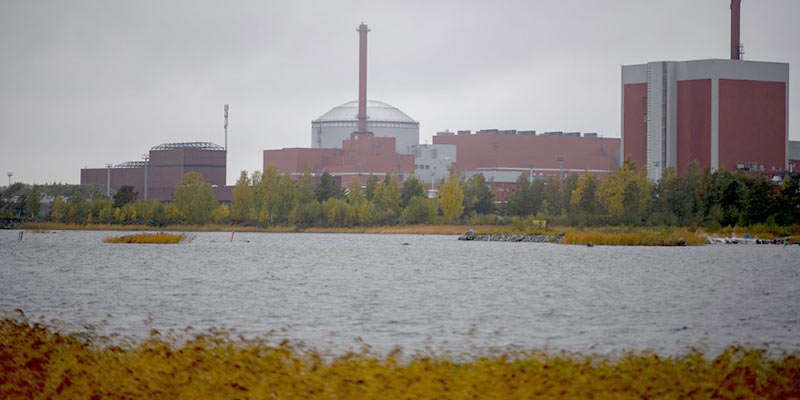- World
- Apr 17
Europe’s most powerful nuclear reactor kicks off in Finland
• Finland’s much-delayed Olkiluoto 3 (OL3) nuclear reactor began regular output on April 16.
• With a capacity of generating 1,600 megawatts, Olkiluoto 3 is the single largest nuclear reactor in Europe, while Ukraine’s Zaporizhzhia plant, with its six reactors, is the largest nuclear plant.
• The next-generation Olkiluoto 3, now producing around 14 per cent of the country’s electricity, is expected to remain operational for at least the next 60 years.
• It will help Finland to achieve its carbon neutrality targets and increase energy security at a time when European countries have cut oil, gas and other power supplies from Russia, Finland’s neighbour.
• Finland now has five nuclear reactors in two power plants located on the shores of the Baltic Sea. Combined, they cover more than 40 per cent of the nation’s electricity demand.
• The production of Olkiluoto 3 stabilises the price of electricity and plays an important role in the Finnish green transition.
• The Olkiluoto 3 is western Europe’s first new reactor in more than 15 years. It is the first new-generation European Pressurized Reactor (EPR) plant to have gone online in Europe. It was developed in a joint venture between France’s Areva and Germany’s Siemens.
• Construction of the 1.6 gigawatt (GW) reactor began in 2005. The fuel loading into the reactor was completed in April 2021, and the nuclear reaction was initiated for the first time in December that year. The plant unit was connected to the national grid in March 2022. The Olkiluoto 3 reactor kicked off regular production on April 16.
• Primarily due to safety concerns, nuclear power remains a controversial issue in Europe. The launch of the Finnish reactor coincides with Germany’s move to shut down its last remaining three nuclear plants.
Germany ends nuclear energy era
• Germany officially ended decades of nuclear energy use by turning off its last three nuclear reactors on April 15.
• The Isar 2 reactor in the southeast of the country, the Neckarwestheim facility in the southwest and Emsland in the northwest were disconnected from the electricity network.
• Europe’s largest economy had been looking to leave behind nuclear power since 2002, but the phase-out was accelerated by former chancellor Angela Merkel in 2011 after the meltdown at the Fukushima nuclear plant in Japan.
Manorama Yearbook app is now available on Google Play Store and iOS App Store

